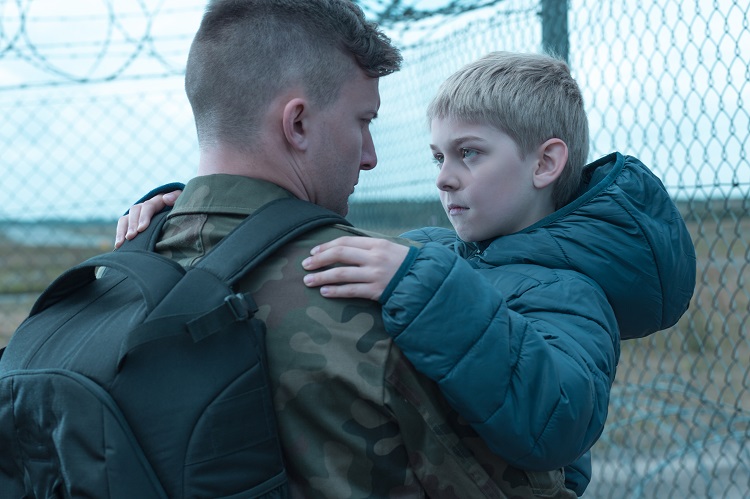Feeding your family can be challenging when you are on a tight budget, but there are many ways you can cut costs. Think of grocery shopping in three steps: planning, purchasing, and preparing. Taking a small amount of time each week to think through each step can help you save money in the long run!
Step 1: Plan
- Plan meals before shopping. Plan for the week, and try to include meals that you can use as leftovers for lunches or for another dinner later in the week, such as soups, casseroles, or stir-fries. Check to see what foods you already have and make a list of the food you need to buy. Stay organized with a grocery list to avoid buying items you do not need.
- Look for sales to get the best price. Sales flyers are usually released mid-week and are found in the newspaper, at grocery store entrances, or on the store’s website.
- Join the store loyalty program. When you use a loyalty card, you can purchase items at a lower price, and you may get special offers and coupons that non-members do not get.
- Use coupons to save money. Remember that coupons only help if they are for items you usually buy. Remember another brand can still cost less even after you use a coupon.
- Eat before you shop. Grocery shopping hungry can lead to impulse buying and unhealthy food choices!
Step 2: Purchase
- Look at the “Unit Price.” The small stickers on the shelves tell you the price but also the unit price—how much the item costs per ounce, per pound, or another standard amount. Use the unit price to compare different brands and different sizes of items to determine which is more economical.
- Buy in bulk. It is usually cheaper to buy foods in bulk but only buy a size you can use before it spoils. If you buy meat in bulk, decide what you need to use in the next day or two and then freeze the rest in portion-sized packages. Before you shop, remember to check how much freezer space you have available.
- Buy produce in season. Fruits and vegetables cost less when they are in season. Some produce is usually low cost year-round, such as bananas, apples, oranges, cabbage, sweet potatoes, dark-green leafy vegetables, green peppers, and carrots.
- Try to avoid prepared or convenience foods. Convenience foods, like frozen dinners, bagged salads, shredded cheese, individual yogurt cups, and instant oatmeal, usually cost more. You can save money, if you take the time to prepare foods yourself.
- Consider buying store brands. Most stores offer their own brand of products that often cost less than name brands. These products will have a special label, sometimes with the store name. You might have to look on shelves that are higher or lower than eye level to find them. Stores usually put brand name items on shelves at eye level.
Step 3: Prepare
- Cook once and eat all week. Prepare large batches of your favorite recipes and use for lunches or for another dinner later in the week, such as soups and casseroles.
- Think about the foods you throw away. Try using leftover foods in stir-fries, salads, omelets, or soups. Throwing away food is like throwing away money!
- Use frozen foods. Frozen food is convenient, nutritious, and economical. Purchase multiple bags of frozen vegetables when they go on sale. You can also freeze fresh fruits and vegetables, when they are in season, to use later.
Additional Resources
For ideas on how to eat healthy on a budget, including recipes, download Meeting Your MyPlate Goals on a Budget:
https://whatscooking.fns.usda.gov/sites/default/files/featuredlinks/MeetingYourMyPlateGoalsOnABudget.pdf
Find more tips on planning affordable weekly meals: www.choosemyplate.gov/budget-weekly-meals
References
Academy of Nutrition and Dietetics. (January 16, 2014). 10 Tips for Eating Right Affordably. Retrieved from http://www.eatright.org/resource/food/planning-and-prep/eat-right-on-a-budget/10-tips-for-eating-right-affordably
Church, C. (September 5, 2017). 14-proven ways to save money on groceries: part 1. Retrieved from https://militaryfamilies.extension.org/2017/09/05/14-proven-ways-to-save-money-on-groceries-part-1/
Church, C. (September 12, 2017). 14-proven ways to save money on groceries: part 2. Retrieved from https://militaryfamilies.extension.org/2017/09/12/17979/
United States Department of Agriculture (USDA). (July 25, 2017). Ten Tips to Eating Better on a Budget. Retrieved from https://www.choosemyplate.gov/ten-tips-eating-better-on-a-budget







